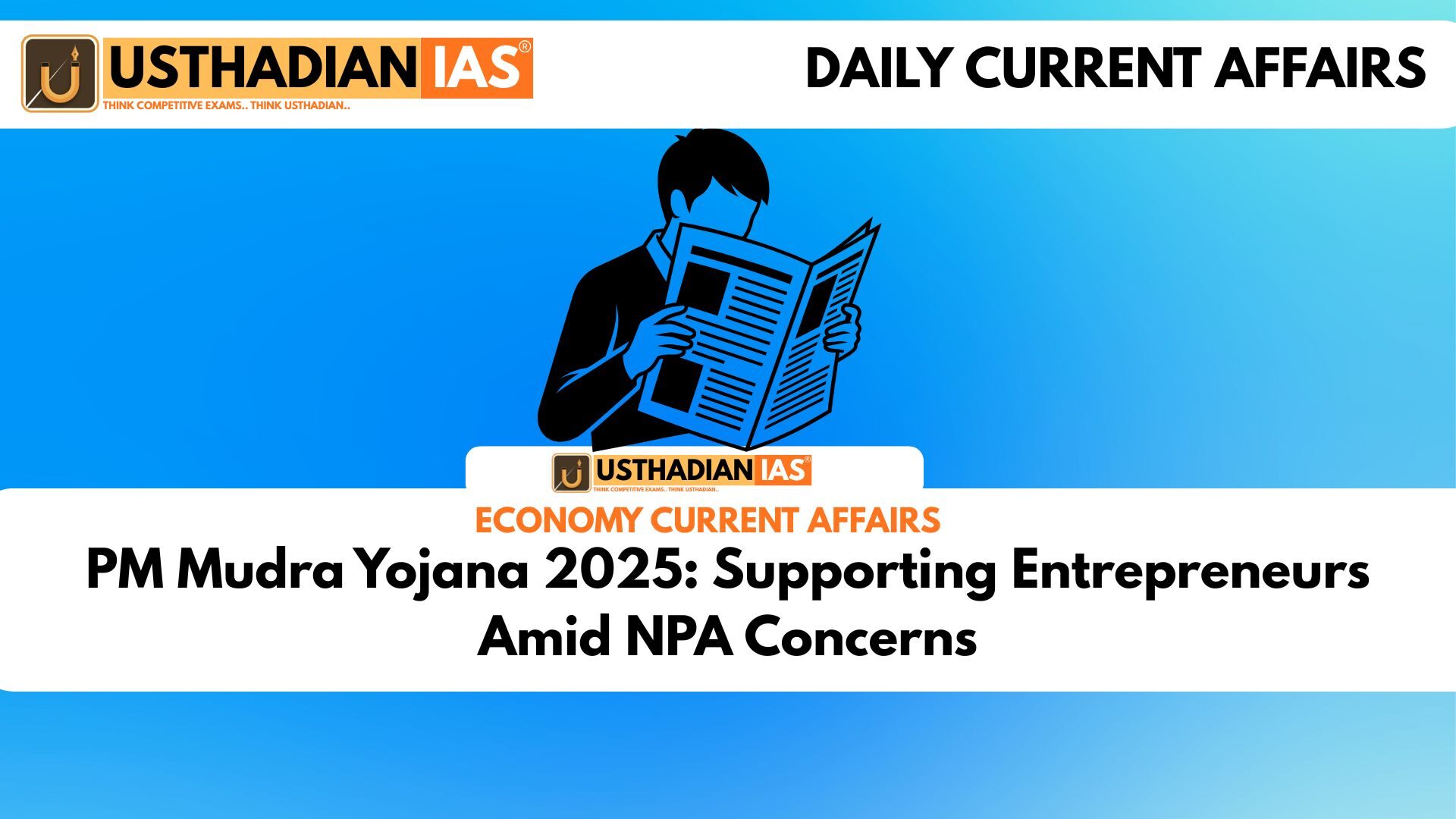Loan Scheme Evolution and Inclusivity
PM Mudra Yojana 2025: Supporting Entrepreneurs Amid NPA Concerns : The Pradhan Mantri Mudra Yojana (PMMY) continues to be a cornerstone of India’s drive for financial inclusion and micro-entrepreneurship. Launched in 2015 by Prime Minister Narendra Modi, the scheme enables collateral-free loans to small business owners across manufacturing, trading, and service sectors. What makes Mudra stand out is its targeted inclusivity—68% of loan recipients are women, and 50% belong to SC/ST/OBC communities. This reflects a determined push to bring marginalized sections into the formal economy.
Understanding Shishu, Kishore, and Tarun Loans
Under PMMY, loans are structured into three categories: Shishu (up to ₹50,000), Kishore (₹50,000 to ₹5 lakh), and Tarun (₹5 lakh to ₹10 lakh). These tiers match the evolving needs of businesses at different growth stages. A major update came in October 2024 with the launch of ‘Tarun Plus’, which doubled the loan ceiling to ₹20 lakh for borrowers with successful repayment records. This upgraded facility has already supported over 25,000 entrepreneurs with disbursements worth ₹3,790 crore.
Performance Snapshot and NPA Trends
Since its inception, PMMY has sanctioned over 52 crore loans, amounting to ₹33.65 lakh crore. The average loan size has climbed from ₹40,000 to ₹1.05 lakh, showing growing confidence among borrowers and lenders. However, the Gross Non-Performing Assets (GNPA) under the Mudra scheme experienced a modest rise in FY 2024–25, increasing to 2.21% from 2.1% recorded in the previous year. Though this may raise eyebrows, it remains far lower than the 3.61% peak during the pandemic-hit 2020-21, suggesting repayment discipline has improved over time.
Boosting Access Through Member Lending Institutions
A major advantage of the scheme is its extensive outreach, facilitated through a broad network of Member Lending Institutions (MLIs).These include commercial banks, regional rural banks, small finance banks, NBFCs, and microfinance institutions. This diverse lending ecosystem ensures that even remote or underserved borrowers have access to funds. Loans are processed without collateral, allowing first-time entrepreneurs to step into business with confidence.
Future Outlook and Government Targets
For the upcoming financial year 2025–26, the Union Government is expected to set a loan disbursement target between ₹5 lakh crore and ₹6 lakh crore. This reflects a strong commitment to sustaining job creation and self-employment through microcredit. In light of this, policy refinements like Tarun Plus are likely to expand further. As Mudra adapts, it’s clear that the government envisions this scheme as a tool not just for finance, but for social transformation.
STATIC GK SNAPSHOT
PM Mudra Yojana 2025: Supporting Entrepreneurs Amid NPA Concerns :
| Element | Details |
| Scheme Launch Date | April 8, 2015 |
| Scheme Categories | Shishu, Kishore, Tarun |
| New Addition (2024) | Tarun Plus (loan limit up to ₹20 lakh) |
| Total Loans Sanctioned | 52.37 crore |
| Total Amount Disbursed | ₹33.65 lakh crore |
| Average Loan Size | ₹1.05 lakh (2025) |
| GNPA Rate (2024–25) | 2.21% |
| % Women Beneficiaries | 68% |
| % SC/ST/OBC Beneficiaries | 50% |
| Target for FY 2025–26 | ₹5–6 lakh crore |








